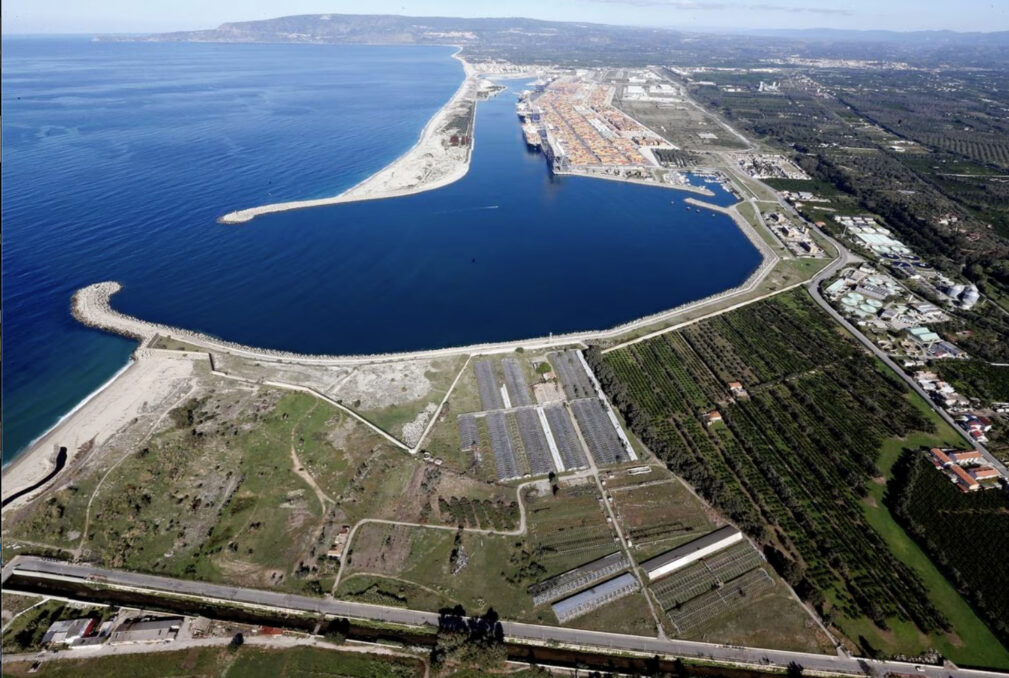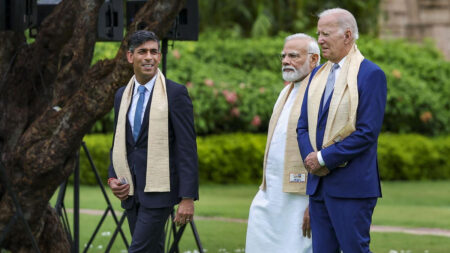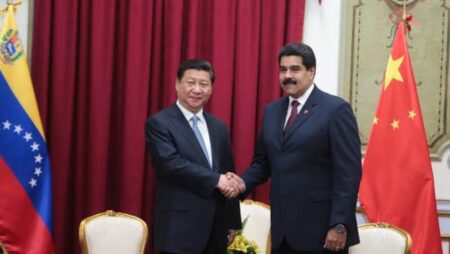Table of Contents
The Belt and Road Initiative (BRI)
The Belt and Road Initiative (BRI), also known as the One Belt, One Road (OBOR) initiative, is a significant development strategy launched by the Chinese government in 2013. This ambitious project aims to promote international economic cooperation and connectivity by enhancing infrastructure, trade, and investment across Asia, Europe, Africa, and beyond.
The BRI comprises two main components: the Silk Road Economic Belt, which focuses on land-based corridors connecting China with Central Asia, Europe, and the Middle East; and the 21st Century Maritime Silk Road, which aims to improve maritime routes and infrastructure linking China with Southeast Asia, South Asia, and East Africa.
Through the BRI, China seeks to foster regional and global economic growth, as well as to strengthen political and cultural ties with participating countries. By investing in infrastructure development, including roads, railways, ports, and energy projects, the initiative aims to boost trade and investment opportunities, enhance cross-border connectivity, and promote sustainable development in the participating regions.
However, the Belt and Road Initiative has also faced criticism and concerns, including issues related to debt sustainability, environmental impacts, and questions about its geopolitical implications. Some countries worry about potential dependence on China and the risk of compromising their sovereignty through large-scale infrastructure projects financed by Chinese loans.
Italy’s association with China’s ambitious Belt and Road Initiative (BRI) has become a topic of contention, with Defence Minister Guido Crosetto denouncing the decision made in 2019 as “improvised and atrocious.” The move, aimed at connecting China with Asia, Europe, and beyond through extensive infrastructure projects, has raised concerns about its impact on Italian exports and China’s growing influence on the world stage.

A Lopsided Trade Scenario: Minimal Benefits for Italy
While the Belt and Road Initiative was envisioned to enhance trade and connectivity between nations, Italy has experienced minimal benefits in terms of boosting its exports. On the contrary, Chinese exports to Italy have surged, leading to an imbalance in trade relations. Recent data revealing China’s $240 billion bailouts to countries struggling with BRI debts from 2008 to 2021 have raised further concerns about the economic implications for Italy.
Weighing the Costs of Departure: How Italy Plans to Walk Back from the BRI
Italy now faces the challenge of disentangling itself from the Belt and Road Initiative without damaging its diplomatic ties with Beijing. As the only major Western member of the BRI, the country must carefully consider the repercussions of its departure while navigating China’s growing global influence and its assertive attitudes on the world stage.
The China Dilemma: Competitor or Partner?
As Italy grapples with its exit strategy, the nation faces the complex question of whether China should be viewed as a competitor or a partner. While acknowledging China’s increasing assertiveness and ambitions for global military dominance, Italian officials also recognize the importance of maintaining positive relations with a major economic player.
Italy’s Concerns about China’s Expanding Presence in Africa
Apart from its impact on Italy, concerns have been raised about China’s growing presence in Africa. As part of its broader geopolitical ambitions, China has been significantly investing in African countries. Italian officials express apprehension over Beijing’s explicit goals and its ambition to establish the largest military presence in the world.
A Deadline Looms: Italian Government’s Decision-Making Process
With mounting pressure and increasing scrutiny, the Italian government has set a deadline to make a decision regarding its position on the Belt and Road Initiative. Prime Minister Giorgia Meloni announced that the administration would have until December to finalize its exit plan, amid growing concerns about geopolitical alignment and potential consequences for Italian trade.
Navigating Alternatives: Trading Partnerships Beyond the BRI
Amid the BRI deliberations, Italy explores opportunities beyond the initiative. Despite being part of the BRI, Italy has not emerged as the G7 country with the strongest trading links to China. This finding prompts consideration of alternative trading partnerships that could help Italy diversify its economic relationships while maintaining friendly ties with China.
Striking the Balance: Italy’s Delicate Dance with China
As the Italian government weighs the pros and cons of leaving the Belt and Road Initiative, it must navigate a delicate dance with China. Striking a balance between safeguarding national interests, fostering trade diversification, and preserving positive relations with China is crucial in this evolving geopolitical landscape.
Conclusion
Italy’s journey to disentangle itself from the Belt and Road Initiative is fraught with complexities. The decision made in 2019 to join the BRI has triggered reflections on trade imbalances and concerns over China’s expanding influence. As the nation deliberates its next move, finding the right balance between diplomacy, trade, and geopolitical considerations will be instrumental in shaping Italy’s future role in the ever-changing global landscape.













